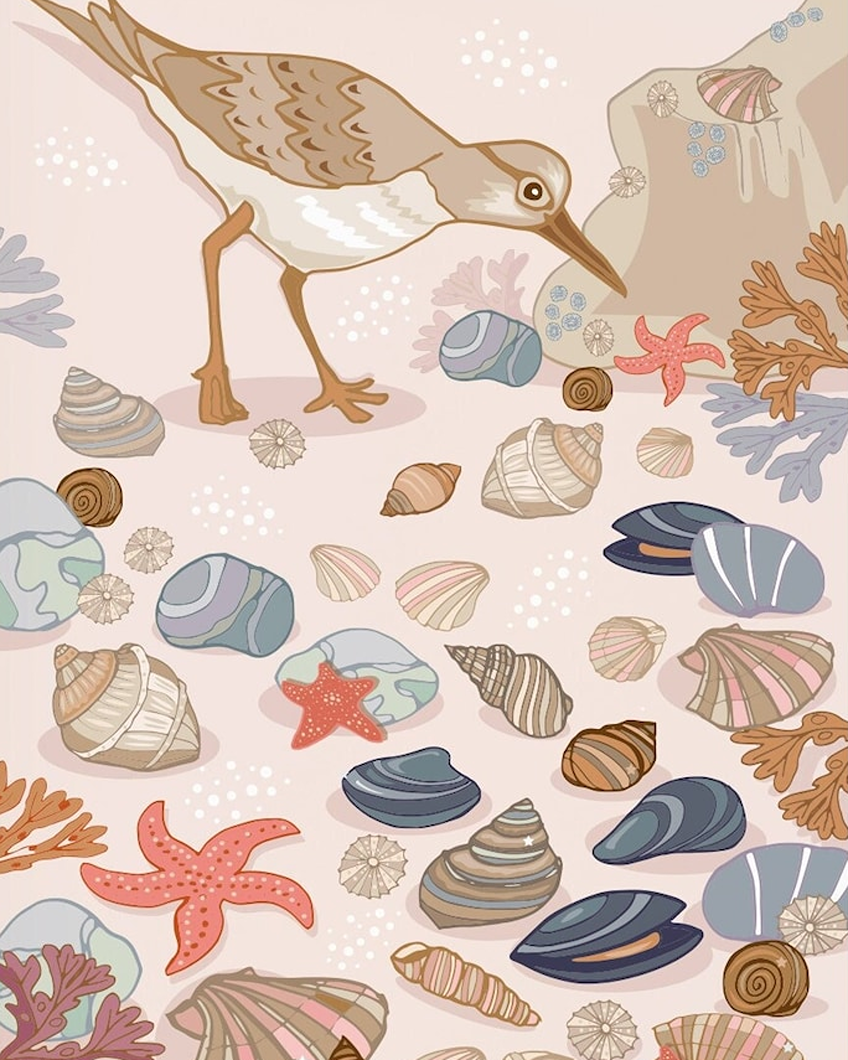Sandpiper Birds: Agile Shoreline Foragers

Sandpipers are more likely to be heard than seen, known for their distinctive three-note call. England’s common sandpiper has many relatives, including the USA’s spotted sandpiper (which sometimes visits) and the less common western and least sandpipers.
Keep at least 50 metres away from coastal birds (flying away wastes energy that could be spent feeding (they need extra space at high tide). Keep dogs away: disturbing nests can lead to abandoned chicks.
Sandpipers are beautiful coastal birds, known for their distinctive ‘bobbing’ movement where they move up and down, as they walk along, looking for food by the sea (they also live by lakes and estuaries, but can be found on the coast in southeast England).
This is called ‘teetering’, and sandpiper chicks begin to ‘bob’, almost as soon as they hatch from the eggs. The teetering becomes faster when birds are nervous, but stops if the bird is courting or alarmed.
Preserving Habitats for Coastal Birds
England’s coastal birds claim a mix of habitats:
- Mudflats: Feast grounds for sandpipers and whimbrels at low tide.
- Rocky shores: Perfect for turnstones to hunt amongst crevices.
- Estuaries: Sheltered feeding spots where many birds gather in flocks.
- Sandy beaches: The ideal racetrack for sanderlings.
Migration is key for many coastal species. Some arrive in spring to breed, while others pass through on journeys between the Arctic and Africa. As tides and seasons shift, so do bird numbers.
Coastal birds face tough times. Their homes are shrinking due to building, pollution, and rising sea levels. Plastic waste and oil spills also threaten their food and safety.
But there is hope. Local wildlife trusts work to protect and restore vital habitats. They take part in volunteer beach cleans, and help communities care for coastal birds, with legal protection and careful town planning.
Top spots for coastal birdwatching:
Take care to avoid high tides and quicksands.
- Snettisham, Norfolk: Breath-taking flocks of waders over the Wash
- Spurn Point, Yorkshire: A migration hotspot, for all species.
- Farne Islands, Northumberland: Cormorants, terns, and puffins.
- Dungeness, Kent: A unique shingle headland rich with birdlife.
- Morecambe Bay, Lancashire: Vast sands attract huge waders.
It’s important not to disturb birds. RSPB Puffin Binoculars are designed for children (only cost around £30) and are small and lightweight, so pretty good for most adults too.






